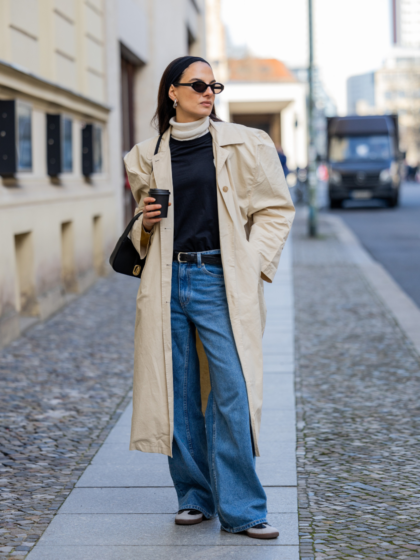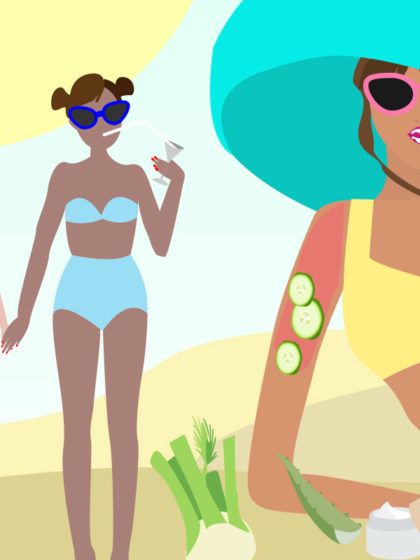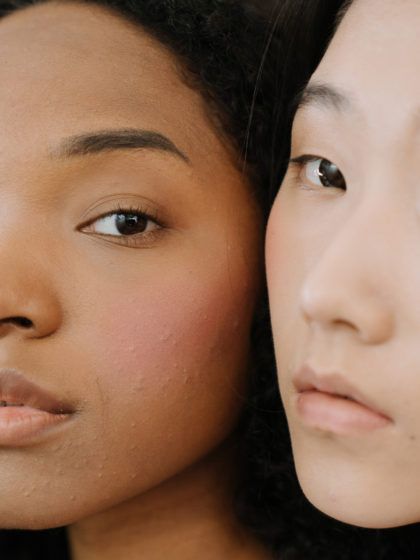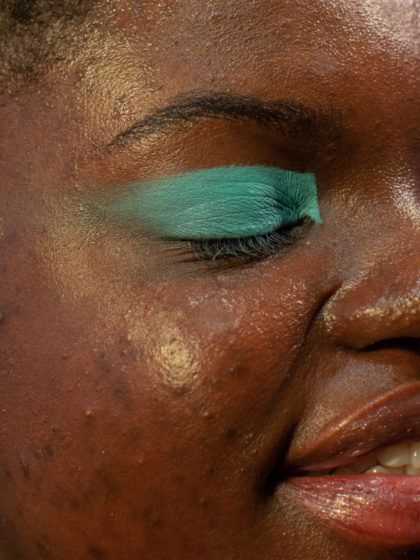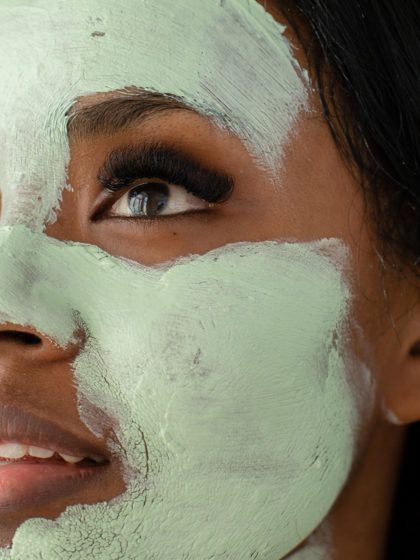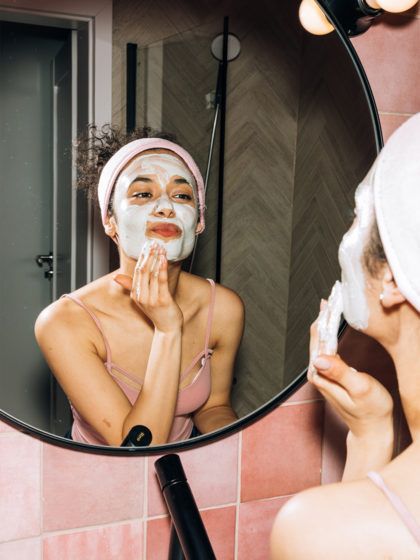This is why you’re experiencing adult acne
You have your own apartment, a 9-to-5 job, make regular dentist appointments, and invest in your company’s 401(k), but because life can sometimes throw you cruel curveballs, you have adult acne, and it’s worse than ever.

What's the deal with adult acne?
A study from the Brazilian Society of Dermatology found that female adult acne is actually more complex than the zits we had in our teens. Adult women are more likely to get acne than our male counterparts, and studies suggest that this acne can linger until our menopausal years.
Rather than an ordinary t-zone flare-up, adult female acne can be seen largely on the lower part of the face. The perioral region, i.e. in and around the mouth, the chin, and the jawline, are the most heavily affected areas. Not only that, but 20% of women can experience pro-inflammatory hyperpigmentation and scarring.

Adult acne can occur in everyone, every A-list celebrities.
The reason you get the nasty reoccurrence of pimples in what should be some of the best years of your life comes down to a variety of factors. It could be an unfortunate genetic predisposition, an increase in hormones called androgens that are linked to hair growth, sexual desire, and oil production, or inflammation, among others.
Stress, sun overexposure, diet, smoking, excessive skin washing, and certain cosmetics have, additionally, all been cited as aggravating factors to adult acne.
How to treat adult acne
Rather than immediately running to potentially harmful oral antibiotics or isotretinoin (or as our teen selves remember it, Accutane), a number of treatments and lifestyle changes have proven useful in the fight against adult acne.
- Retinoids: using topical retinol with a concentration of 0.1% has shown significant improvements over a three-month period. Some women upwards of a 61% reduction in their acne.
- Azelaic acid: this under-the-radar skincare ingredient has been proven to greatly diminish both the appearances of blemishes and can help fade post-acne discoloration.
- Blue or red light: LED spot treatments have shown to have faster anti-inflammatory effects than topical treatments.
- Diet: studies have linked high glycemic foods and dairy to increased insulin levels which can, in turn, increase sebum (oil) production.
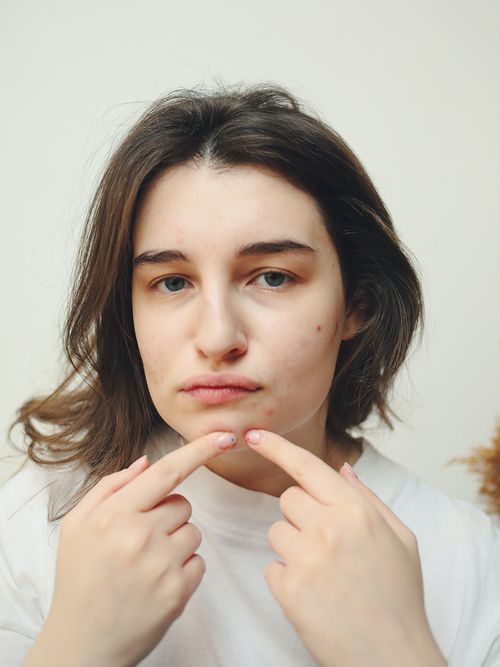
At the end of the day, if you’re experiencing persistent acne, it’s best to give your dermatologist a call. If your skin responds to less-invasive treatments, great! Among Stylight editors, these are the acne products that we’ve tried that, shocker, have actually made a difference:
- COSRX Acne Pimple Master Patches
- Mario Badescu Drying Lotion
- First Aid Beauty Facial Radiance Pads
- La Roche-Posay Effaclar Deep Cleansing Foaming Cream
- CeraVe Renewing SA Cleanser
- The Ordinary Lactic Acid 5% + HA 2%
- Cetaphil Pro Oil Removing Foam Wash
- Skin Inc Pure Revival Peel
